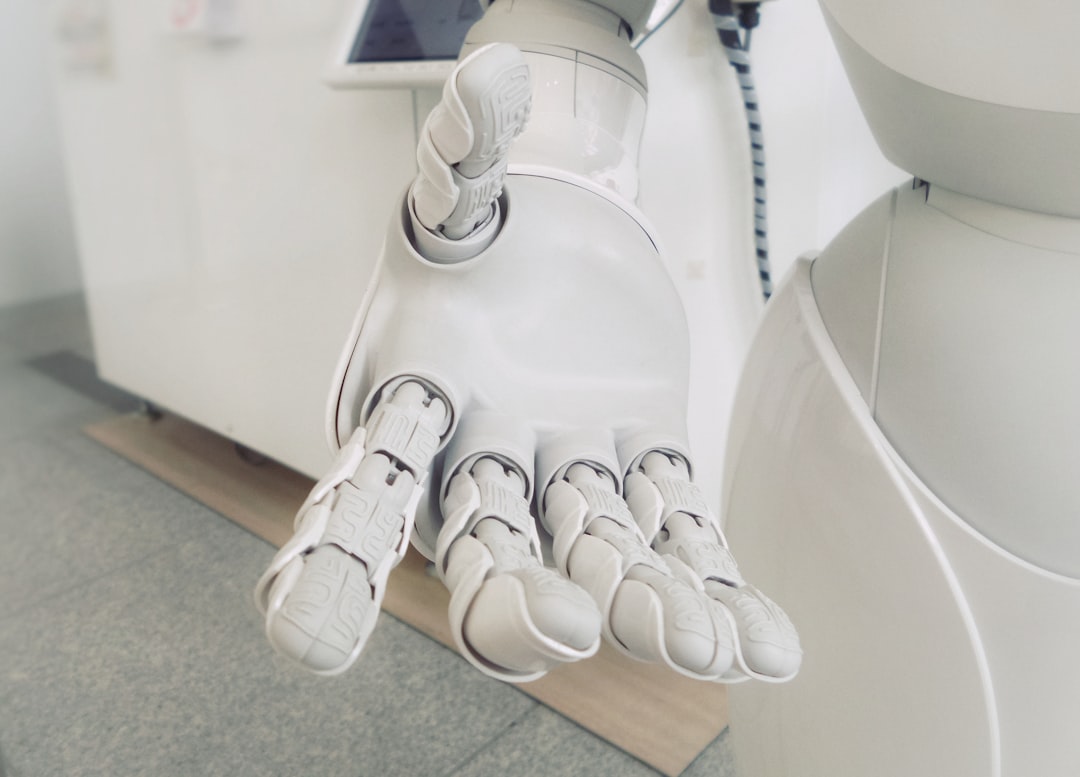What is it about?
A variety of methods are available for gauging the intelligibility of speech in the presence of background noise. Nearly all of these require the original clean speech to be known, so a comparison between that and the corrupted speech can be made. We developed a way of estimating the speech intelligibility that only needs the corrupted (noisy) speech. A Blind Source Separation technique is used to isolate the speech from the noise. This separation may not be perfect, but it is good enough to act as an estimate of the original clean speech for speech intelligibility algorithms.
Featured Image
Why is it important?
Speech intelligibility is a problem in with public address systems, badly designed classrooms, hearing aid uses, dialogue in broadcast audio etc. Methods to gauge speech intelligibility are incredibly useful, for example they can be used to ensure that the dialogue in broadcast audio (e.g. TV) is not swamped by noise.
Perspectives
This is one of a series of papers looking at how to use Object Based Audio (OBA) to improve the intelligibility of dialogue for people watching TV or film, or listening to the radio. As OBA allows sounds to be remixed in the home, a system that monitors speech intelligibility can respond to background sounds on the soundtrack, as well as noises in the living room, and provide a more intelligible mix.
Professor Trevor J Cox
University of Salford
Read the Original
This page is a summary of: A non-intrusive method for estimating binaural speech intelligibility from noise-corrupted signals captured by a pair of microphones, Speech Communication, February 2018, Elsevier,
DOI: 10.1016/j.specom.2017.12.005.
You can read the full text:
Contributors
The following have contributed to this page










